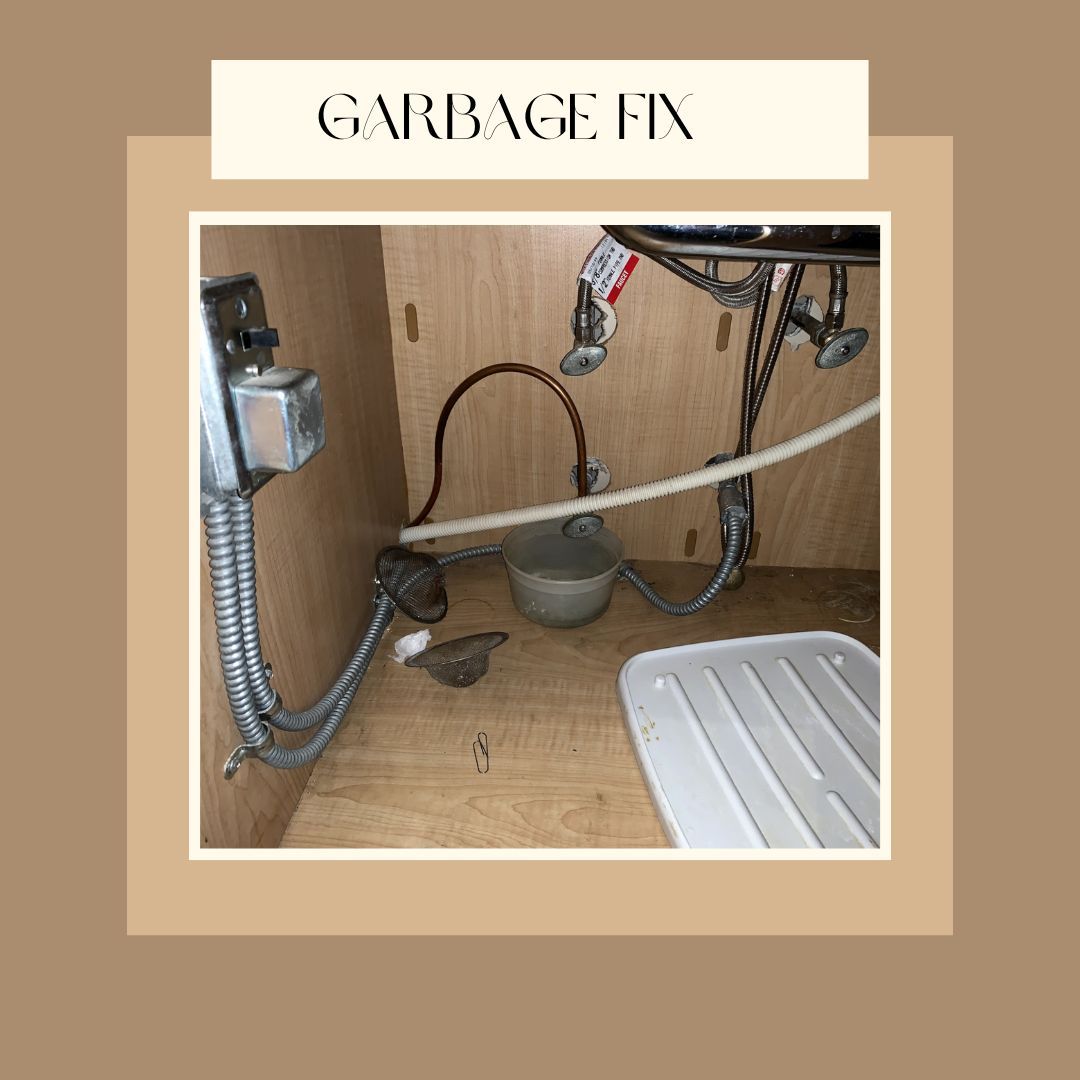For example, suppose you have an outlet in your kitchen that has been wired for both your refrigerator and dishwasher (two appliances). In that case, they might appear to be working fine at first glance because they don’t need to be turned on simultaneously like they would if they were on separate circuits. But since both items use electricity and require power simultaneously, they can overload the circuit and cause a shortage.
If you have a garbage disposal and want to add another appliance to the same circuit, consider getting an electrician to install another dedicated circuit from the breaker panel, so each item has its power source. This ensures that neither appliance will drain the other’s capacity for power.

Why Dedicated Circuit Is Recommended?
For a very simple reason, garbage disposals need their separate connection. For your garbage disposal to work, it needs its line, just like your refrigerator, microwave, and other big electric appliances.
Even though garbage disposals don't look as big as refrigerators, their motors use much electricity, just like the motors in refrigerators.
Now the question arises whether you can use the garbage disposal and dishwasher at the same circuit. If you want to know the detailed answer, we recommend you to visit our blog post.
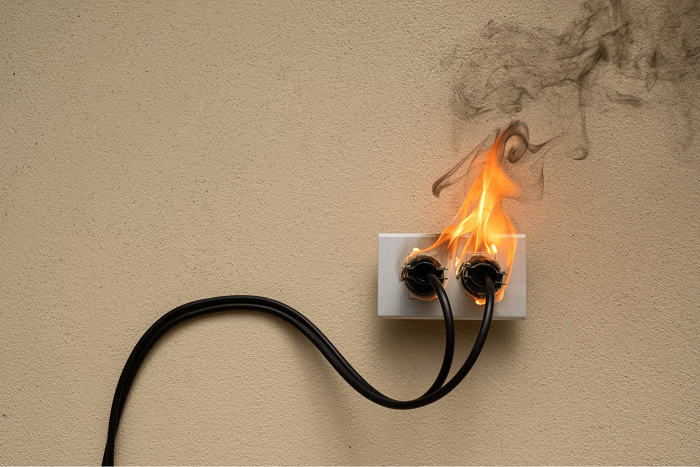
What If We Don't Use A Separate Circuit For Garbage Disposal?
If you don't use a dedicated line or outlet for your garbage disposal, your lights may flicker when you turn them on. You could even break or blow a fuse. Suppose your garbage disposal isn't on its dedicated line.
In that case, you could hurt the appliance or other electric equipment with which it's sharing an outlet because of how much power it uses when it's on. So a dedicated line is used for one appliance.
Call An Electrician For the Installation Of Your Electric Panel
To ensure your garbage disposal works, you'll need to work with a qualified electrician to put in some parts before or after the plumber installs them. An electrician usually sets up a dedicated line from your main electrical panel. This line will have the following parts.
- A special line that goes to a special outlet nearby
- The breaker in your main electrical panel
- A wall switches to turn on and off the garbage disposal.
Electrical Requirements for Garbage Disposal Installation
The National Electrical Code (NEC) sets forth the minimum requirements for electric wiring in residential and commercial buildings. The NEC is a set of standards and regulations that ensures safe wiring practices throughout the United States. Each state has its version of the NEC, which may include local codes and regulations and specific requirements for individual areas.
The NEC requires all household electrical wiring to be installed according to certain standards based on the type of circuit being used:
- 120/240-volt circuits (120 volts between hot wires, 240 volts between hot wires).
This type of circuit is used for most appliances and lighting fixtures in homes today.
- 240/480-volt circuits (240 volts between hot wires).
This type of circuit is commonly used for heating systems and electric water heaters.
Other Than These Requirments Are Here Under:
Amperes
A circuit breaker with 15-amp to 20-amp ratings, such as this one, is required. Most kitchen appliances used to be plugged into regular general outlet circuits. Kitchens also need at least one lighting circuit and circuits for minor appliances.
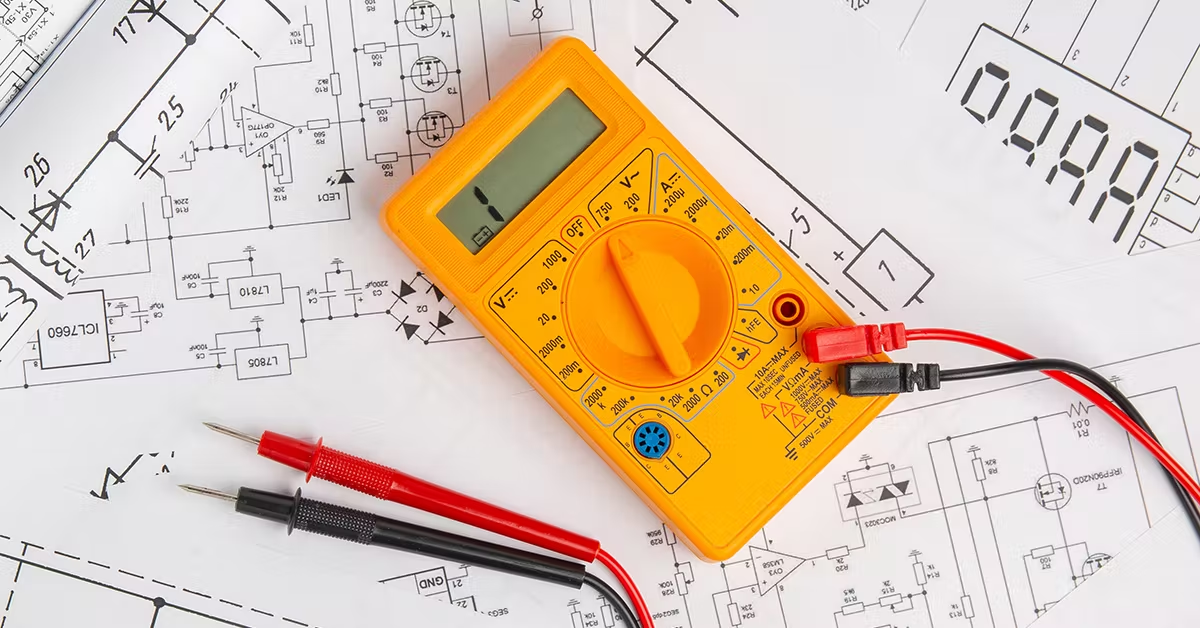
Wiring Quality
Garbage disposals handle the unpleasant task of tidying up after meals. They use a substantial amount of amperage when grinding up the garbage when they are filled.
A dedicated 15-amp circuit, supplied via a 14/2 NM wire with ground, is needed for Garbage disposal. Alternatively, you can use a 12/2 NM wire with a ground to supply the garbage disposal with a 20-amp circuit.
GFCI and AFCI Protection
Check with your local authorities since various jurisdictions may have different standards for GFCI and AFCI protection for garbage disposals. The safest method is to include both AFCI and GFCI protection.
However, because GFCIs might be susceptible to "phantom tripping" from motor start-up surges, professional electricians sometimes remove GFCIs on these circuits when local standards permit them.
A wall switch and the control for the garbage disposal should be set up to plug into a wall outlet; AFCI protection is often needed.
If a Dedicated Circuit Is Not Installed, What May Happen?
A dedicated circuit is an electrical circuit that supplies power to a single appliance or device, with no other devices or appliances sharing the same circuit.
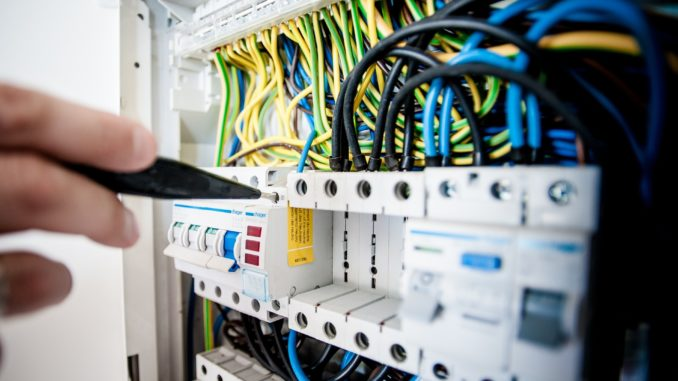
For example, if you have an electric range with an open element and garbage disposal on the same circuit, both will be on simultaneously. If the garbage disposal gets stuck or jams, it will draw more current than the range's element alone. This overloads the circuit and causes an overload protection device (fuse or breaker) to trip off so that the increased load on one line doesn't affect other circuits. However, once the fuse/breaker resets itself after a few seconds (or longer), both devices may be turned on again — creating another overload situation. These cycles can continue until something eventually fails: one of these two devices or another outlet or appliance on this same circuit!
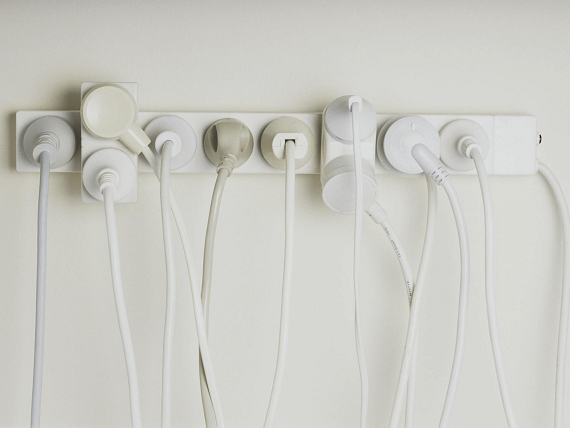
If a dedicated circuit is not installed for a specific appliance or device, several things may happen:
- Overloading: If you try to run multiple high-wattage appliances on the same circuit, it can overload and trip the circuit breaker or blow a fuse. This can cause the circuit to shut down and reduce power to all connected devices, including the one you used.
- Voltage drop: When too many devices are connected to the same circuit, it can cause a voltage drop, leading to the diminished performance of your appliances. This can cause damage to your appliances over time or cause them to malfunction.
- Electrical fire: If too many devices are connected to the same circuit, it can cause the circuit to overheat and start an electrical fire.
- Safety hazards: Overloading a circuit can also pose safety hazards, such as electric shocks or electrocution, which can be dangerous and even deadly.
Installing a dedicated circuit for high-wattage appliances or devices is crucial for proper functioning and safety.
FAQ’s
Can a Garbage Disposal And a Dishwasher Share a Circuit?
When the load does not exceed 80% of the total circuit capacity, the disposal and the dishwasher operate properly on a single circuit.
Garbage disposals are hardwired and must shred food waste and keep your water waste management system secure. A single circuit may be utilized to power both the dishwasher and the garbage disposal.
Dishwashers and garbage disposals could sometimes share a circuit. Remember that you shouldn't connect your dishwasher to the circuit that powers one of the electrical outlets next to the countertop.
However, they cannot be connected to the same circuit if the owner's manual for the dishwasher or garbage disposal specifies that each requires its circuit.
What Size Electrical Circuit Do I Want for Garbage Disposal?
It would help if you had an accessible outlet powered by a 120-volt, 20-amp circuit breaker to utilize a garbage disposal.
Can a Garbage Disposal And a Refrigerator Be on the Same Circuit?
For example, a kitchen is not uncommon to have only two or three circuits and basic appliances like a refrigerator and dishwasher. The garbage disposal will be powered by the same circuit that powers the lights and countertop outlets.
Do 15 Amp Circuits Work for Garbage Disposal?
Need for Waste Disposer Circuit: Provide a single, 14/2-cabled, 15-amp, 120-volt dedicated circuit.
Unlike stoves or microwaves, garbage disposals don't have a lengthy lifespan. The initial surge is so strong that it may easily trip the circuit breaker, turning off other kitchen equipment.
Is a 20 Amp Switch Required for Garbage Disposal?
A switch must only be rated for the load that it manages. A 15 amp is OK unless your GD draws more than 15 amps.
Which Appliances Must Be Connected to A Dedicated Circuit?
Because they ensure that appliances work safely without overloading the home's electrical system, large electrical appliances, including refrigerators, stoves, washers, dryers, and electric water heaters, must have dedicated circuits under the Nation's Electrical Code.
Conclusion
Besides the dishwasher, you shouldn't ever connect your garbage disposal to the same circuit as other equipment.
Large amounts of vibration from garbage disposals may cause plugs to become loose. The majority of other kitchen equipment must always be plugged in. Thus they should never be on the same circuit.


